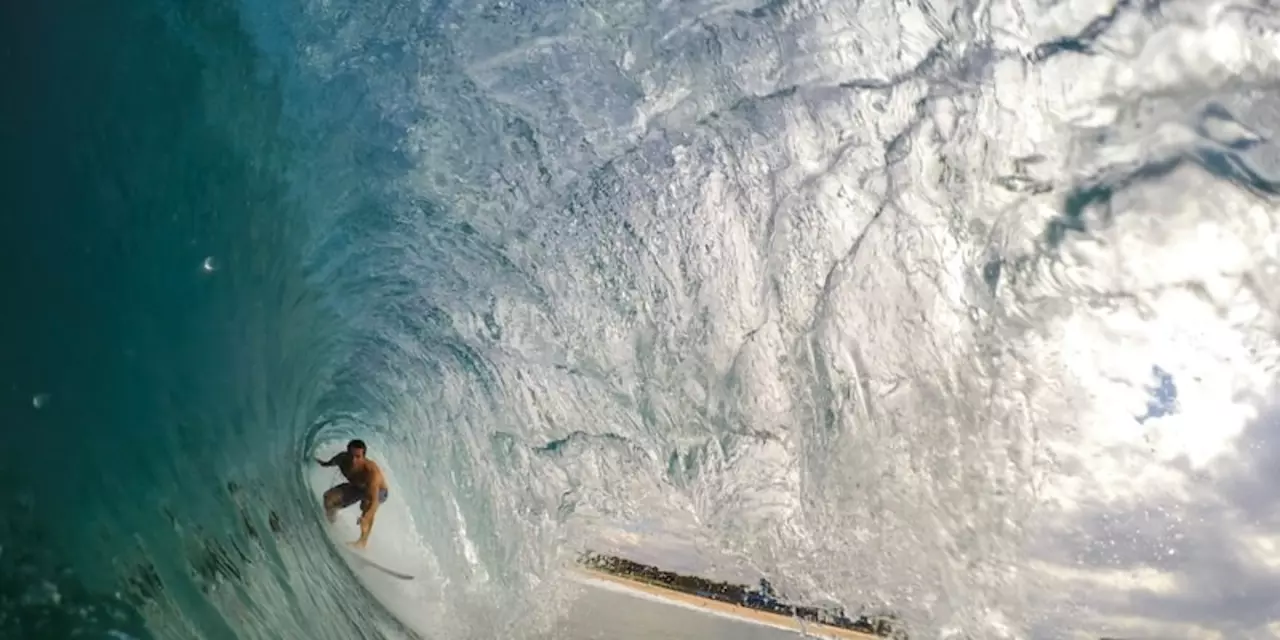Difference: Choosing the Right Gear, Technique and More
When you’re new to windsurfing it’s easy to get lost in all the options. A board, a sail, a wetsuit – each comes in many shapes and sizes. Knowing the difference between them can save you cash, keep you comfortable and help you ride longer.
In this guide we break down the biggest differences you’ll meet on the water and give you simple steps to pick what works for you. No jargon, just clear advice you can apply today.
Gear differences you must know
First up, boards. A beginner board is wide, short and stable. A race board is narrow, long and built for speed. If you’re still learning balance, stick with the wider shape – you’ll feel steadier and recover faster when a wave throws you off.
Sails are another big split. Small sails (2‑4 m²) work in strong winds. Big sails (5‑7 m²) are for light breezes. Look at the wind forecast before you buy – most UK coastlines see 15‑20 knots in summer, so a mid‑size 4‑5 m² sail covers most days.
When it comes to wetsuits, the difference is all about thickness and purpose. A surf wetsuit is usually 3/2 mm – thin enough to let you move, warm enough for 12‑15 °C water. A scuba wetsuit can be 5 mm or more, designed for deeper, colder dives. Wearing a scuba suit for windsurfing feels like a winter coat in summer – you’ll tire quickly.
Fit matters too. A wetsuit that’s too loose lets water in and drags you down. Measure your chest, waist and hips, then check the brand’s size chart. Try it on with the arms raised; you should feel snug but still able to move your shoulders.
Technique differences that boost your ride
Even the best gear won’t help if your technique is off. One common mistake is using the same stance for board‑shorts surfing and windsurfing. On a windsurf board you need a wider foot spread and a lower center of gravity to counter the sail’s pull.
Another difference is how you pump the sail. In calm conditions you’ll do short, quick pumps to generate speed. In strong winds you switch to longer, smoother pulls to keep the sail steady. Practicing both styles will let you adapt when the wind changes mid‑session.
If you ever find yourself with no waves, use the time to work on foot placement. Shift your weight forward, then back, feeling how the board rolls. This simple drill improves balance and makes the transition to bigger waves smoother.
Finally, remember that equipment and technique are linked. A tighter wetsuit can restrict movement, so you may need to adjust your foot position or loosen the sail slightly. Small tweaks keep the whole system working together.
By spotting the differences in gear, fit, and technique you’ll spend less time guessing and more time enjoying the ride. Grab the right board, pick the correct sail size, wear a properly fitted wetsuit, and practice the matching technique – that’s the recipe for faster progress on the water.
Ready to test what you’ve learned? Head to our community forum, ask a question, or share a pic of your setup. The more you talk about the differences you notice, the quicker you’ll improve.
How much different is surfing from paddleboarding?
Surfing and paddleboarding are two popular water sports with commonalities, but also important differences. Surfing is an older sport, traditionally done on a longboard, using the power of the wave to propel the board and perform tricks. Paddleboarding is far newer, done on a wider board, with the rider using a paddle to move the board and propel themselves. Both require balance and skill, but they are different in their approach and style. Surfing is a more aggressive sport, with a focus on tricks and riding the wave, while paddleboarding is a more relaxed and leisurely activity. Both can be enjoyed in a variety of settings and can offer a great way to enjoy the water.
